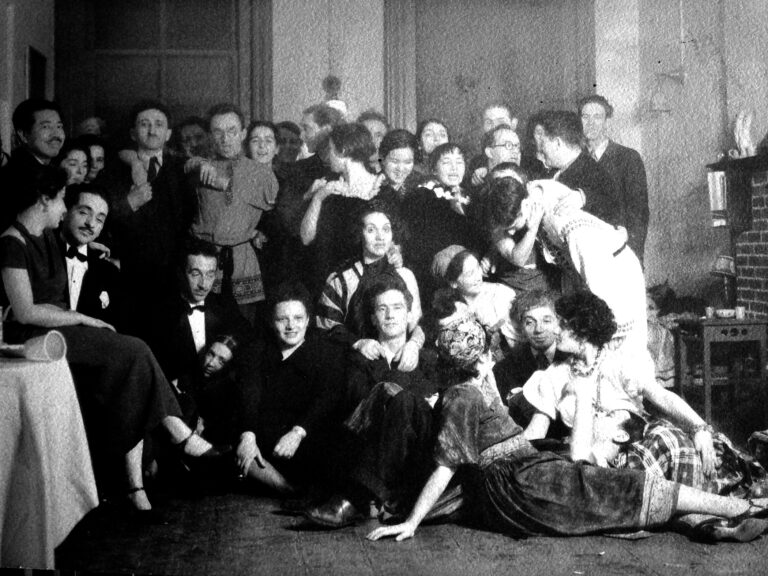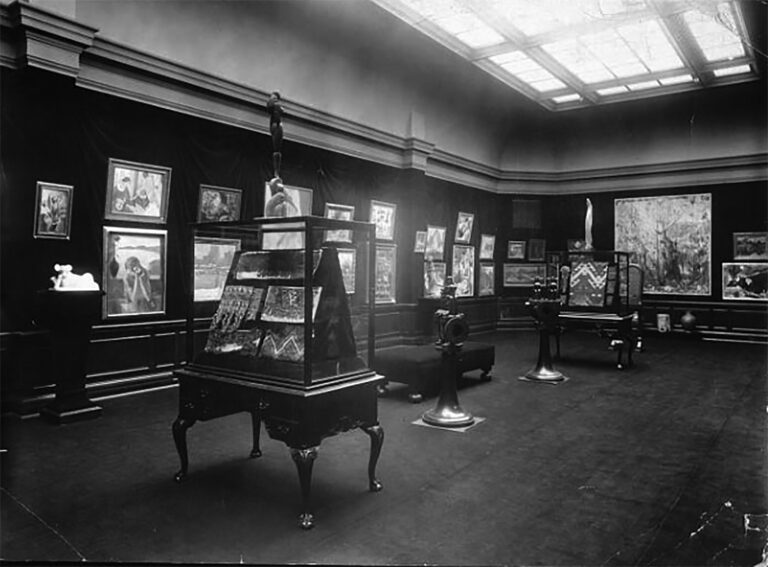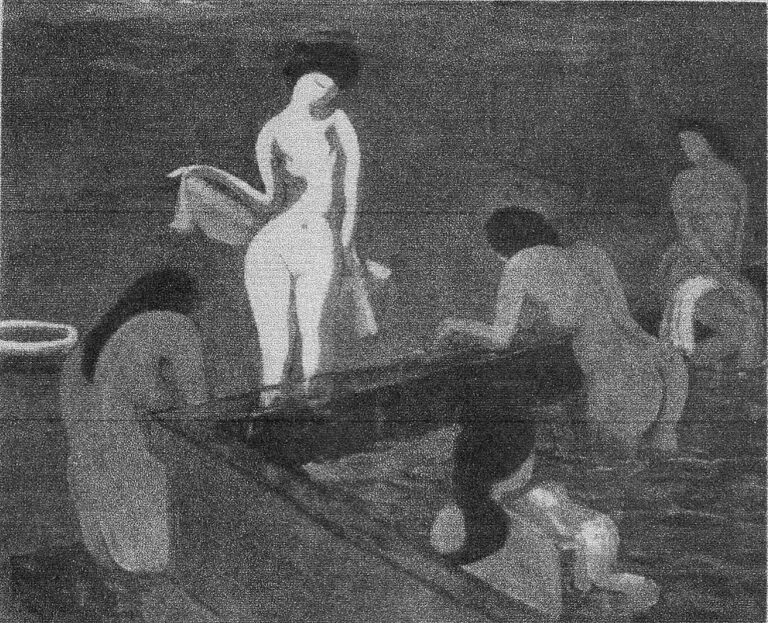1920s
The Salons of America and
the Society of Independent Artists Exhibition
In the 1920s, the United States enjoyed a post-first World War economic boom. The streets were filled with flappers, women with short skirts and bobbed hair, and popular culture, such as radio, movies, and dance halls, was in full swing. The art world was seeking a uniquely American art style, influenced by modernism rather than the European realistic techniques of the Academy School.
The exhibition of “The Eight” was held at the Macbeth Gallery in 1908. The works of John Sloan and Robert Henry, known as the “Ashcan School” for their depictions of the back alleys and social mores of the city, were exhibited there and became the talk of the town. And the Armory Show was held in 1913. it was featured approximately 1,600 works of painting, sculpture, and graphic art, ranging from Impressionism to Modernism, and had a significant impact on the American art world.
After that The Society of Independent Artists was established in 1917 and the Salons of America was established in 1922. These organizations held an annual exhibition by no-jury, non-prize. These exhibitions were open to anyone, regardless of nationality or technique, and many Japanese exhibited their works.
“The Red Bath” by Shinyo Hagida, exhibited at the 2nd Exhibition of the Japan Association of Independent Artists in 1918, depicts a Japanese public bath with curves as the basic tone. The work’s title surprised people in a region unfamiliar with public baths”.
Torajiro Watanabe wrote in the Japanese magazine Nihon-jin:
“He displayed a great work of ‘Blood Bath’, a title that could have come from Dante’s Hell Purgatory.in the exhibition of the Society of Independent Artists a few years ago. His painting astonished American people by its title.”
(Torajiro Watanabe, “Gacho-kai members’ observations,” Nihonjin, No. 99, February 25, 1923)
Works by Japanese artists presented at the Society of Independent Artists and the Salons of America were also covered by English-language newspapers.
Margaret Breuning wrote in a Post: article:
“It may be interesting to know how many honors Nippon carries in the Salons. As a group, the work of the Japanese artists makes the most stimulating impression here. It is, perhaps, because they see our Western world with such fresh vision that its well-known and rather blunted contours appear so crisp and clear in their work. With their artistic inheritance, they give back to us quite a new version of the world we live in. In this listing is a remarkable figure study by Noboru Fujioka, Kiyoshi Shimizu’s “Burlesque,” Eitaro Ishigaki’s “Nuns and Flappers,” and paintings by Yasuo Kuniyoshi.”
(“Japanese Artists”,Post, Oct. 31,1925)
“Whereas at the exhibition of the National Academy, which opened yesterday, much of the work shown comes out of art rather than out of life; at the Independent, there is quite a series of pictures that are transcripts of American activities. It is strongly to say, that these painted illustrations of bustling America are often not by Americans but by the Japanese. Foreigners constantly accuse American artists of not using the new material right under their noses, and before the accusation can be made, the Japanese artists in America are putting their stamp on the very material that so many American artists are overlooking. The Japanese have a sense of humor, and what proportion of it is good-natured no simple Western mind can discover”.
(“Independent Exhibition has Over a Thousand Works by Beginners and Experts,” World, March 21. 1926)
Japanese artists portrayed a dark side of American society in the 1920s as a result of the rise of modern civilization. English-language newspapers took up works by Japanese artists as humorous and satirical pieces that addressed gloomy aspects of society from a foreigner’s point of view.
In response to such criticism from American society, Kuniyoshi Yasuo described Japanese creative activity as follows:
“The works of Fujioka, Shimizu, Ishigaki, and Tamotzu, who depicted satires of modern American life, caught the attention of people in both East and West. Japanese people in general have an innate deep sense of humor. However, I believe that if they could maintain a balance between their skills and intelligence, they could produce works with an unmistakable weight”.
(Yasuo Kuniyoshi, “A Brief Review of the Salon Exhibition,” Nichibei Jiho, May 7, 1927)
Kuniyoshi noted that it was important for Japanese artists to utilize their sense of humor and sense of style, and to refine their techniques. Some paintings produced by Japanese artists in the 1920s were displayed in the exhibition of Japanese Art, Sponsored by New York Shimpo in 1927.
VISIT ARTIST’S STUDIOS
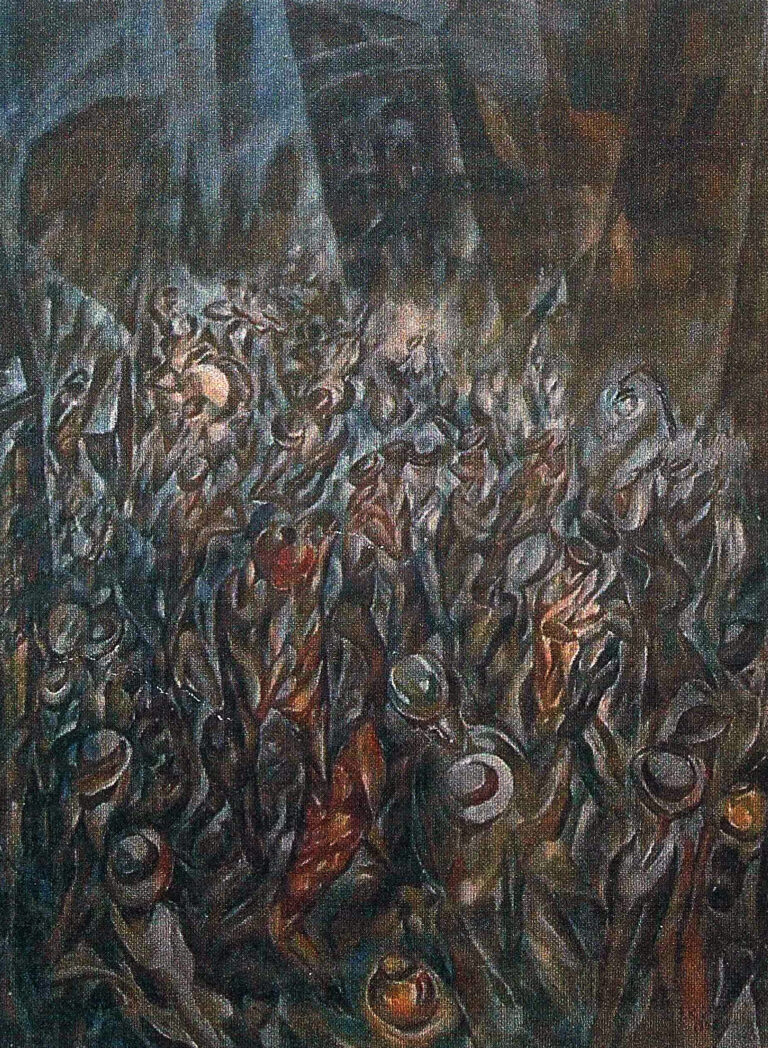
Gado Kotato (T.K. Gado)
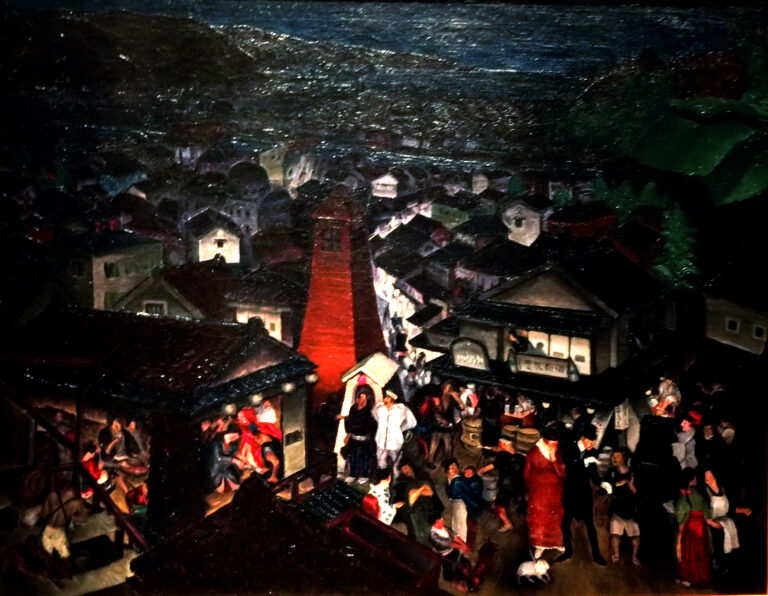
Toshi Shimizu
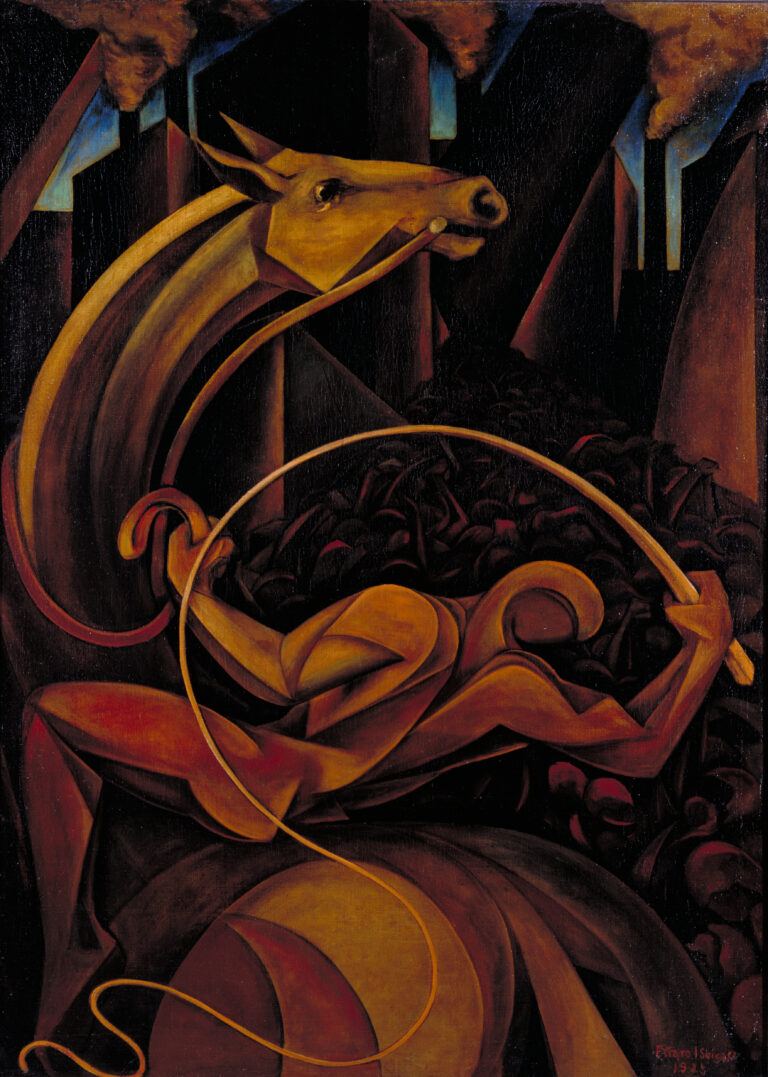
1925 Cubist Works from the Exhibition of the Society of Independent Artists
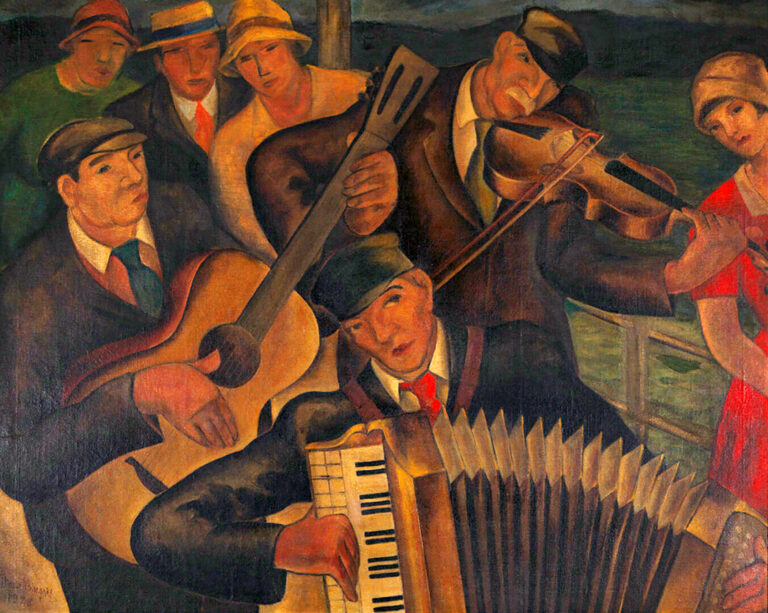
Eitaro Ishigaki
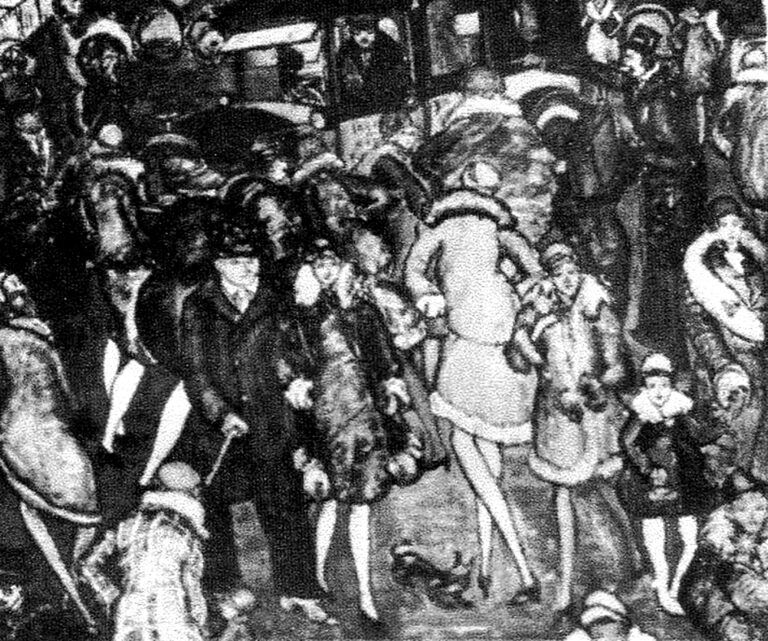
Noboru Foujioka
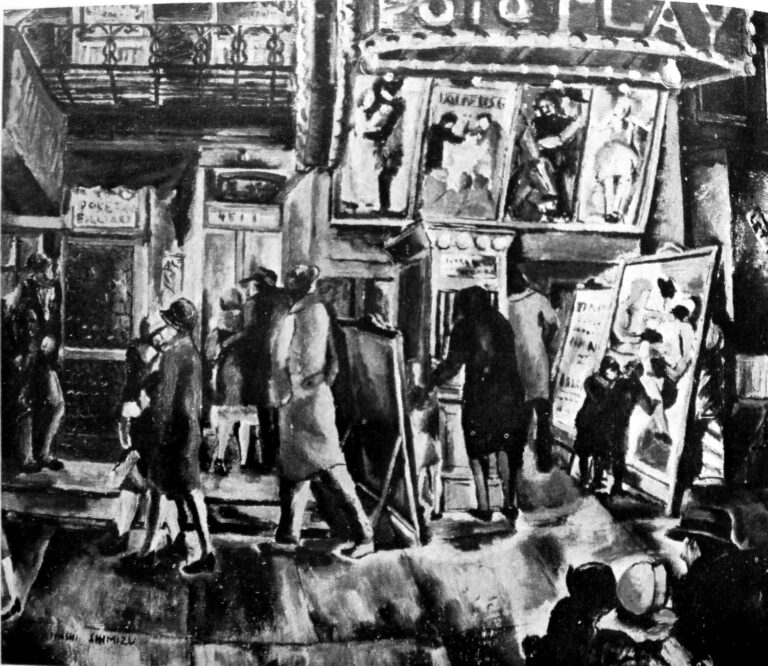
Kiyoshi Shimizu
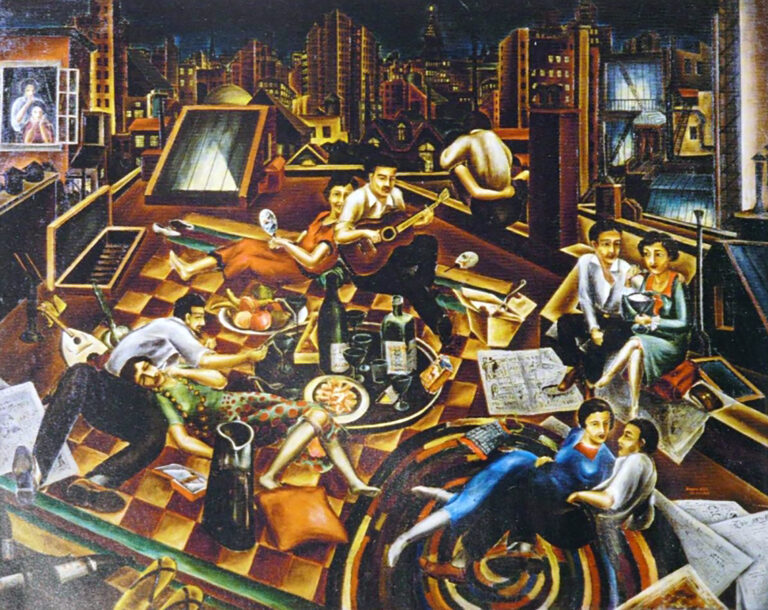
Bumpei Usui
